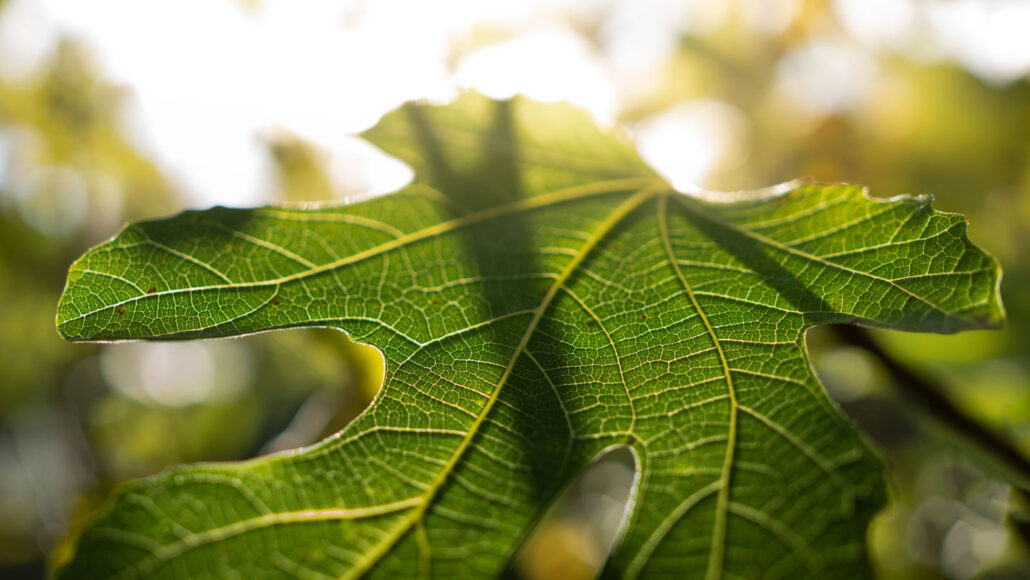nutrient: A vitamin, mineral, fat, carbohydrate or protein that a plant, animal or other organism requires as part of its food in order to survive.
organ: (in biology) Various parts of an organism that perform one or more particular functions. For instance, an ovary is an organ that makes eggs, the brain is an organ that makes sense of nerve signals and a plant’s roots are organs that take in nutrients and moisture.
phloem: The part of a plant that carries sugars and other products of photosynthesis from where they are made in the leaves to where they are needed.
photosynthesis: (verb: photosynthesize) The process by which green plants and some other organisms use sunlight to produce foods from carbon dioxide and water.
system: A network of parts that together work to achieve some function. For instance, the blood, vessels and heart are primary components of the human body’s circulatory system. Similarly, trains, platforms, tracks, roadway signals and overpasses are among the potential components of a nation’s railway system. System can even be applied to the processes or ideas that are part of some method or ordered set of procedures for getting a task done.
tissue: Made of cells, it is any of the distinct types of materials that make up animals, plants or fungi. Cells within a tissue work as a unit to perform a particular function in living organisms. Different organs of the human body, for instance, often are made from many different types of tissues.
translocate: (n. translocation) The act of moving something from one place to another. In genetics, for instance, it refers to the movement of some part of a chromosome to a new position. Elsewhere in biology, it can refer to the movement of some dissolved material across a cell membrane or through the phloem of a plant.
vascular: Adjective for a vessel or system of vessels that in animals carry fluids, such as blood and lymph. In plants, the term refers to the xylem and phloem through which water, sap and nutrients move.
vein: (in zoology) Part of a body’s circulation system. These tubes usually carry blood toward the heart. (in botany) The tubular system made up of xylem and phloem cells that a plant uses to transport materials (water and sugars, for instance) throughout its structures above- and below-ground. (in geology) A mineral or ore deposit in rock that typically runs a long distance and may contain enough material to be worth extracting, such as a silver vein.
xylem: The part of a plant that conducts water, nutrients and sap.








